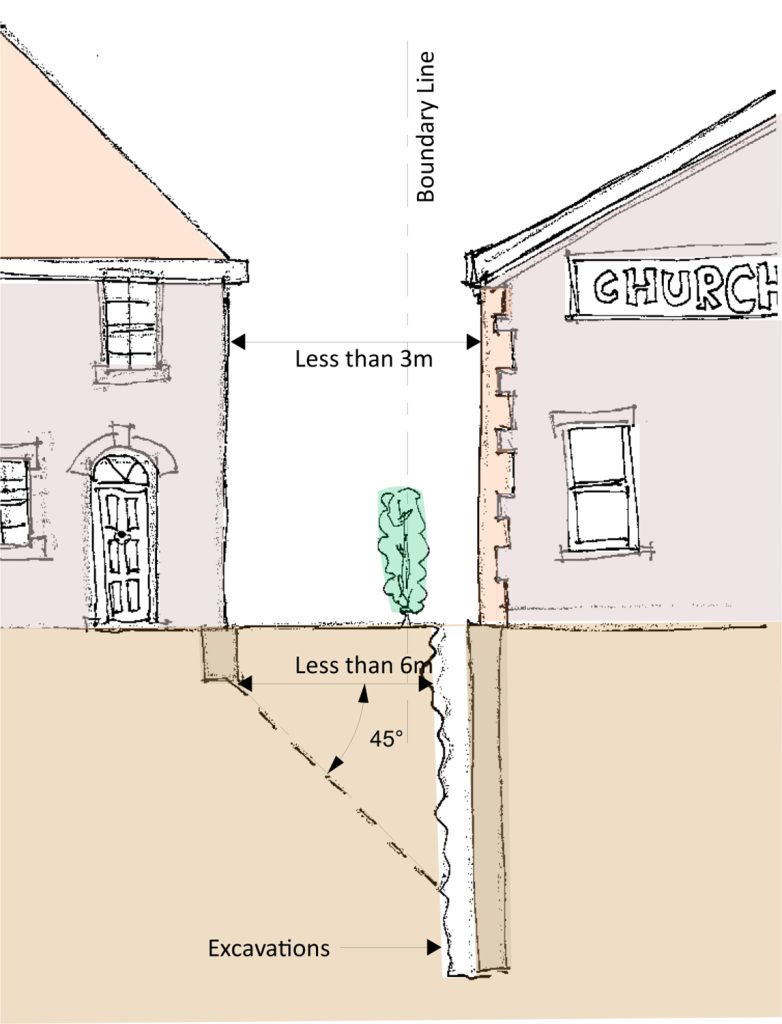Party Wall & Neighbourly Matters
Strategic Development Solutions at R.Tag
Here at R.Tag, we think with the objective of making the most efficient use of land and maximising development potential whilst minimising cost and risk, it is essential to consider surrounding properties when looking at the design of a project.
Early advice is vital to resolving and mitigating problems that can otherwise lead to major areas of planning risk and severely hamper the development prospects. Our in-house team of specialist surveyors provides a full consultancy service as early as the pre- acquisition and feasibility stage, progressing through planning and concept design, to on-site delivery.

What is a Party Wall?
The Party Wall etc. Act 1996 covers three distinct types of work; alterations to party structures (usually walls but may also be floors), the construction of new walls at the boundary and excavation close to neighbouring properties.
These are some typical examples of work that is likely to be covered by the Act:
Cutting beams into a party wall as part of a loft conversion.
Removing chimney breasts that are attached to a party wall.
Excavating for the foundations to a new extension within 3m of a neighbouring or shared structure.
Underpinning a party wall to facilitate a basement extension
A right to light is a civil matter and is separate from daylight and sunlight as considered by Local Planning Authorities.
Rights of light must, therefore, be considered even if the planning permission has been granted. Rights of light can affect both domestic and non-domestic properties- even non habitable rooms are capable of enjoying a right of light.
In England and Wales, a right to light is usually acquired under the Prescription Act 1832. Under the Act, a right to light usually occurs once light has been enjoyed through defined apertures of a building for an uninterrupted period of 20 years.
An infringement may give the neighbouring owner the right to seek an injunction to have the proposed development reduced in size or re-designed. If the loss of light is small and can be adequately compensated by money, a court may decide to award compensation instead of an injunction.
A right to light is a civil matter and is separate from daylight and sunlight as considered by Local Planning Authorities.
Rights of light must, therefore, be considered even if the planning permission has been granted. Rights of light can affect both domestic and non-domestic properties- even non habitable rooms are capable of enjoying a right of light. In England and Wales, a right to light is usually acquired under the Prescription Act 1832. Under the Act, a right to light usually occurs once light has been enjoyed through defined apertures of a building for an uninterrupted period of 20 years.
An infringement may give the neighbouring owner the right to seek an injunction to have the proposed development reduced in size or re-designed. If the loss of light is small and can be adequately compensated by money, a court may decide to award compensation instead of an injunction.
For professional advice on your refurbishment scheme, please do contact us.
